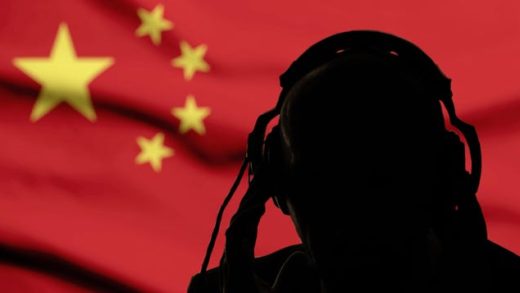Announced yesterday at Google’s opening I/O keynote, the Pixel 3a arrives at a tenuous time for the smartphone industry. Sales figures have stagnated for most of the major players in the industry — a phenomenon from which Google certainly isn’t immune.
CEO Sundar Pichai discussed exactly that on the company’s Q1 earnings call last week. “While the first quarter results reflect pressure in the premium smartphone industry,” he explained, “we are pleased with the ongoing momentum of Assistant-enabled Home devices, particularly the Home Hub and Mini devices, and look forward to our May 7 announcement at I/O from our hardware team.”
That last bit was a clear reference to the arrival of the new budget tier of Google’s flagship offering. The 3a is a clear push to address one of the biggest drivers of slowing smartphone sales. With a starting price of $399, it’s a fraction of the price of top handsets from competitors like Apple and Samsung.
There’s been a fairly rapid creep in flagship prices in recent years. Handsets starting at north of $1,000 hardly warrant a second glance anymore, while many forthcoming foldables are hovering around double that.
As Google VP of Product Management Mario Queiroz told me ahead of launch, “The smartphone market has started to flatten. We think one of the reasons is because, you know, the premium segment of the market is a very large segment, but premium phones have gotten more and more expensive, you know, three, four years ago, you could buy a premium phone for $500.”
Inflated prices have certainly made device purchases more burdensome for buyers. That, coupled with a relative lack of compelling new features has gone a ways toward slowing down upgrade cycles, hurting sales in the process.
I’ve enjoyed my early hands-on time with the 3a — more to come on that later. It’s important to note the different factors that have allowed Google to get to this stage. A key driver is, of course, Google’s purchase of massive R&D resources from HTC. That result of HTC’s dip into sub-replacement level hardware manufacturer has resulted in the ability to develop hardware in house, on the relatively cheap at a new campus in Taipei.
Also important is Google’s ongoing quest to further uncouple the importance of hardware from smartphone upgrades. The company’s big investments in machine learning and artificial intelligence particularly are driving many of the innovations best demonstrated on the imaging side of things. Devin captured this sentiment in this piece written in the wake of the iPhone XS announcement.
Notably, the Pixel 3a has essentially the same camera hardware as the pricier 3. Google cut some corners here, but that wasn’t one. There are still and will continue to be some limitations to what the 3a is able to do, based on processing power, but the line between what the two devices can do is already pretty blurry when it comes to taking photos.
There’s another factor that’s been looming over Pixel sales in all of this — but for several reasons, Pichai wasn’t ready to discuss it on the call. For years, the line has been hampered by carrier exclusivity, something that feels like it ought to be relegated to the smartphone past.
Certainly that sort of arrangement makes sense for young companies like OnePlus or Palm, which are looking for a way into a market, while seeking to maintain manageable growth. But Google certainly has the resources to grow outside of a single carrier deal. And the fact of the matter (as Huawei has discovered the hard way) is that carrier distribution and contracts as still key drivers of smartphone distribution here in the States, even as most manufacturers also offer unlocked devices. I suspect those upfront costs are enough to make many consumers do a double take — even though we all know in our hearts the contract is ultimately where they get you.
Thankfully, Google announced that it will be making the Pixel 3 and 3a available on a lot more carriers, starting this week. That move ought to have a marked impact on the Pixel’s sales figures going forward. The addition of Sprint and T-Mobile among others means a lot more retail shelf space and ad dollars across the U.S. Devices are a harder sell when your average consumer has to go out of their way to find them — not to mention the difficulty of convincing users to switch carriers for a new device.
I’d caution against using Q2 results as a direct measure of the 3a’s appeal and Google’s move toward a six-month device release cycle. At this early stage it’s too early to uncouple that from new customers who are coming on board courtesy of those carrier additions. Even so, the device is an interesting litmus test for the current state of the smartphone, right down to the return of the headphone jack.
Source : What Pixel 3a tells us about the state of the smartphone — and Google









